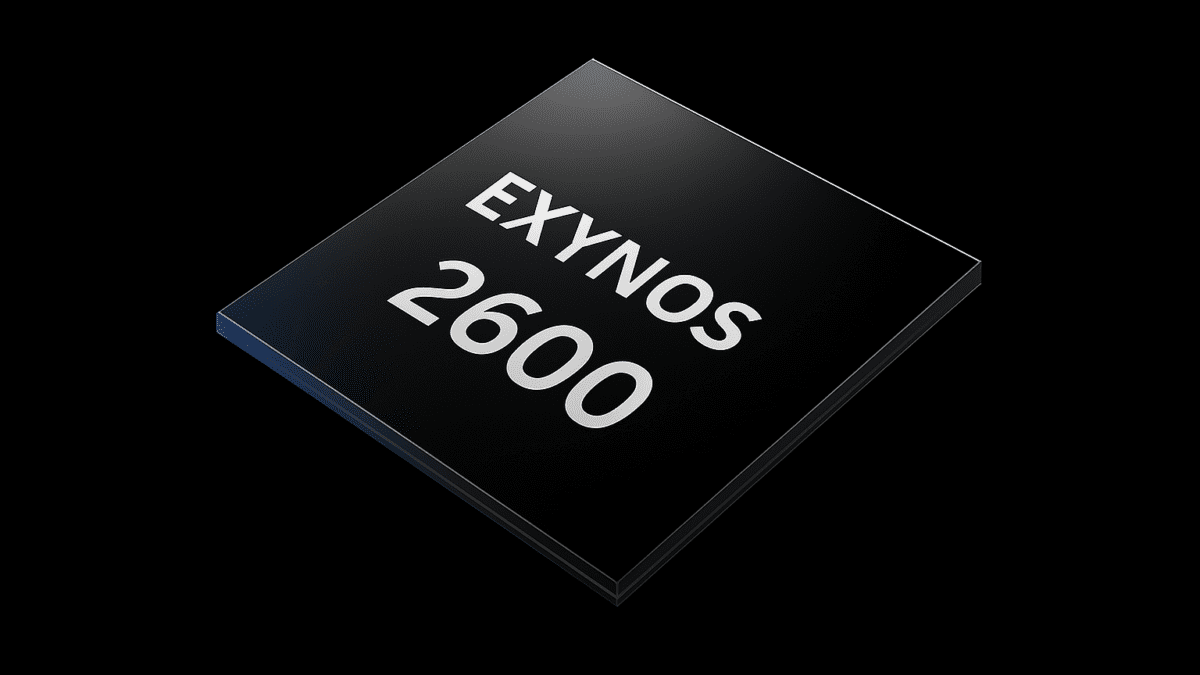Exynos 2600 Could Be the World’s First 2nm Smartphone Chip: What This Means for the Galaxy S26 and Beyond
Table of Contents
Introduction
In the fast-paced world of smartphone innovation, smaller nodes mean bigger performance gains, and Samsung might be first to break a new frontier. The upcoming Exynos 2600 chipset is rumored to be built using Samsung Foundry’s 2nm fabrication process—and it may power the Galaxy S26 series launching in early 2026.
If this holds true, the Exynos 2600 won’t just be Samsung’s most advanced chip—it could become the world’s first commercially available 2nm smartphone processor, leapfrogging rivals like TSMC, Qualcomm, and Apple.
What Is the Exynos 2600? A Quick Overview
- Chipset Name: Exynos 2600
- Fabrication Process: Samsung Foundry’s 2nm GAA (Gate-All-Around) node
- Launch Window: Expected Q1 2026 (with Galaxy S26 series)
- Expected Architecture: Arm Cortex-X5 + Cortex-A7xx combo (unconfirmed)
- GPU: Possibly Xclipse GPU co-developed with AMD
Why 2nm Matters: Smaller Transistors, Massive Gains
Shrinking to 2 nanometers allows more transistors to be packed into the same silicon area. This typically results in:
- Up to 25% performance improvement
- Up to 30% power efficiency gains
- Better thermal management
- Faster AI and GPU computations
Samsung’s move to 2nm GAA (Gate-All-Around) technology also enhances current leakage control, enabling sustained performance for longer periods—critical for gaming, multitasking, and AI workloads.
Galaxy S26 Series: A True Flagship Powered by 2nm
The Galaxy S26, S26+, and S26 Ultra are expected to be the first devices featuring the Exynos 2600. Here’s what this pairing could mean:
- Faster Processing: Expect lightning-fast app launches, zero-lag multitasking, and significant boosts in AI processing (like Bixby and real-time image editing).
- Longer Battery Life: With better power efficiency, the Galaxy S26 lineup could offer longer screen-on time—especially useful for gaming and 5G usage.
- Enhanced Mobile Gaming: The AMD-powered Xclipse GPU in Exynos chips already supports ray tracing. Paired with 2nm efficiency, Galaxy S26 could challenge iPhones in mobile gaming performance.
How It Compares: Exynos 2600 vs. TSMC 3nm Chips
| Feature | Exynos 2600 (Rumored) | Apple A18 / Snapdragon 8 Gen 4 (TSMC 3nm) |
|---|---|---|
| Process Node | 2nm GAA (Samsung) | 3nm FinFET (TSMC) |
| Performance Efficiency | Higher (theoretically) | Moderate improvement |
| Availability | Q1 2026 | Late 2024–2025 |
| First Device | Galaxy S26 | iPhone 16 / Android flagships |
If Samsung beats competitors to market, the Exynos 2600 could reset expectations around Android chipsets—and close the gap with Apple’s A-series chips.
Samsung’s Strategic Comeback in Silicon
Samsung’s Exynos line has struggled to match Qualcomm’s Snapdragon chips in recent years. But a successful 2nm launch could mark a major comeback, especially if performance and efficiency match or exceed the Snapdragon 8 Gen 4.
Moreover, beating TSMC to 2nm mass production gives Samsung Foundry an edge in the semiconductor arms race—especially as major players like AMD, NVIDIA, and Google explore alternatives beyond TSMC.
What It Means for the Industry
The Exynos 2600 could ignite a new wave of chipset evolution in smartphones:
- Raise the bar for Android flagship performance
- Spur Qualcomm and MediaTek to accelerate 2nm development
- Validate Samsung’s 2nm GAA process at scale
- Redefine AI and mobile gaming experiences
For consumers, it simply means faster, smarter, and more efficient smartphones in 2026—and the Galaxy S26 might lead the charge.
Final Thoughts
If Samsung delivers on its promise, the Exynos 2600 could become a landmark chip in smartphone history—ushering in the 2nm era ahead of its time.
Whether you’re a developer, tech enthusiast, or Android loyalist, keep your eyes on the Galaxy S26 launch. The processor inside could change the game.
Explore More
Looking to stay ahead of next-gen mobile chipsets and AI-driven hardware?
Visit iTMunch.com for in-depth tech insights and B2B content strategies that scale.
See Also:Decoding High-Intent Leads: Your Roadmap to Efficient B2B Pipeline Growth in 2025





